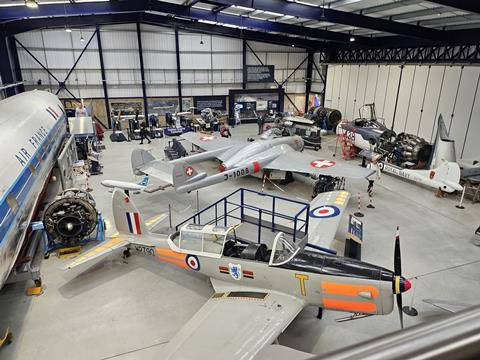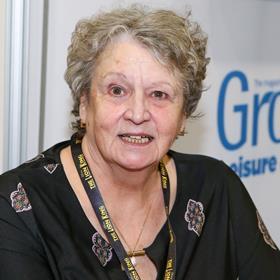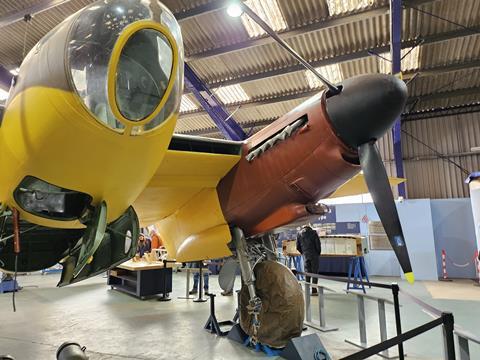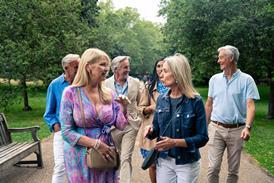Chris Behrendt and Jennie Savage from the Milton Keynes U3A group report back from a brilliant experience at the de Havilland Aircraft Museum in London Colney.

We took a group of 47 to the museum which was the first aviation museum in Britain when it opened in 1959, just 18 years after the Mosquito Night Fighter W4052 had been flown out of adjacent fields by Geoffrey de Havilland Jnr.
We arrived at the museum a little earlier than planned however it didn’t phase the volunteers who help manage the site, as tea, coffee and biscuits were quickly provided.
Our group was then divided into three smaller groups for a guided tour of the museum and two hours later we emerged full of information about how the site started, then became the home of de Havilland and grew through the years to what it has become today.
Milton Keynes U3A - Outings

Chris Behrendt and Jennie Savage are on the committee running trips for the group based in Milton Keynes.
There are more than 1,000 members of the group enjoying various day trips and breaks including recent visits to the National Portrait Gallery in London, Hampton Court Palace, Arundel Castle, Bournemouth and the Isle of Wight.
In a previous interview, Chris said when deciding on where to go, it’s important to give people enough time in each place to see different things and explore.
Following the tour we all enjoyed a two-course lunch before more time to revisit the museum and gain further information about the site.
The highlight of the visit was its fascinating history plus the wealth of information and artefacts still bring received by the museum including log books from those whose parents had flown on the de Havilland aircraft.

About de Havilland Aircraft Museum and the site’s history
Aviation first came to Salisbury Hall in October 1939 when the de Havilland Mosquito design team moved in as a security precaution against the British Government stopping work on the project. The Mosquito was designed initially as an unarmed high speed bomber, later being developed into the first multi-role combat aircraft, excelling in unarmed photo reconnaissance, night fighter, precision strike, intruder, and anti-shipping roles, amongst others.
After de Havilland left, the Hall became derelict until it was taken in hand by an ex Royal Marine Major named Walter Goldsmith. The Mosquito Prototype W4050 returned to become the first aviation exhibit housed in a hangar behind Salisbury Hall and the collection grew over the years.

There are two huge hangars (the Walter Goldsmith Hangar and the Geoffrey de Havilland Hangar) with most of the collection undercover. There is a third hangar (the Amy Johnson Hangar) where visitors can see the volunteer restoration teams at work.
Christine said: “I was in the group led by the museum’s archivist, who told us about the history of the site and how the person who built the Mallard steam train, lived at the hall and the train was called Mallard because of the ducks on the moat.
“All group members said what a fascinating history there was as they stopped at different planes, engines and artefacts around the museum.”
Group visits to the museum
For groups of 10 or more, there’s an all-inclusive group tour package (which is the one that MKU3A had during their visit).
Find out more information about group visits here.



